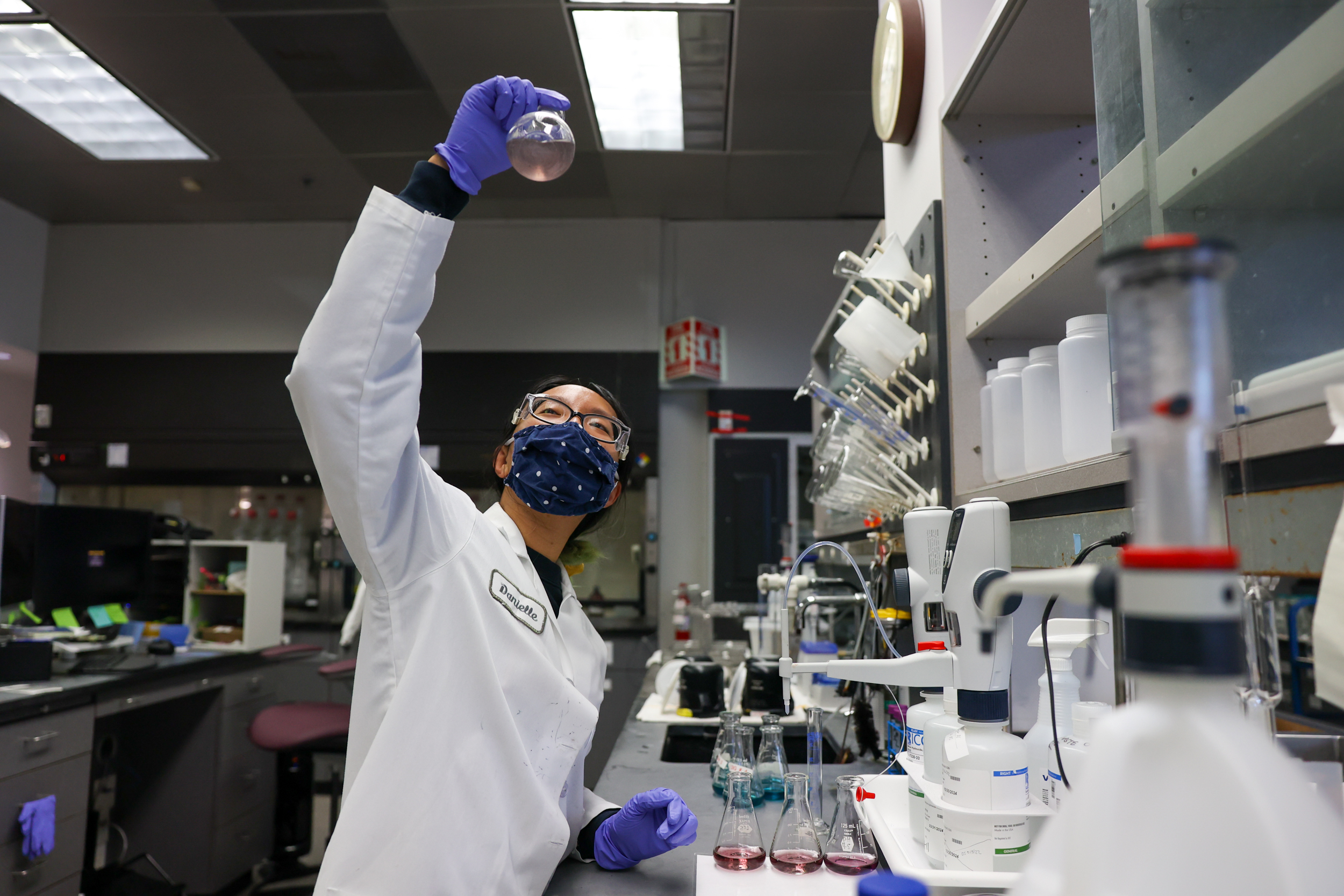San Francisco’s health department announced a new program to test for “high-risk substances” in the city’s sewage system, allowing the city to identify deadly new street drugs quickly.
Until now, the Department of Public Health has mostly relied on data from drug testing sites and the Chief Medical Examiner’s Office to understand when deadly new drugs arrive in the city. Health experts have criticized the lack of data, claiming it delays the city’s response to battle deadly new street drugs.
Marin County launched a program in February to test for fentanyl, cocaine, nicotine and methamphetamine in its wastewater. Many counties, including San Francisco, turned to wastewater testing during the pandemic to trace the spread of Covid. But until now, San Francisco wasn’t testing wastewater for deadly new drugs.
The health department previously told The Standard that the California Department of Public Health and the Sewer Coronavirus Alert Network (SCAN) determine what to test for in the city’s wastewater.
The medical examiner’s office released a report in July that said 45 people died of a potentially deadlier type of fentanyl called fluoro fentanyl in 2022.
A dangerous tranquilizer called xylazine, the drug is often referred to as “Tranq,” also reached the city in 2022. The drug can cause flesh-rotting skin infections for users and may mimic overdose effects for 12 hours at a time, according to experts. Tranq entered the city’s drug supply in 2022, according to officials. But because it’s not an opioid, Tranq is resistant to overdose-reversal medications such as Narcan.
The health department said it’s expecting results from initial samples taken earlier this year.
